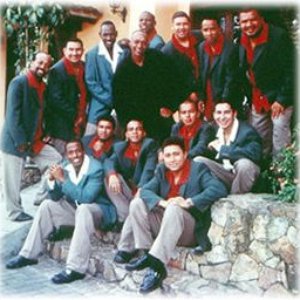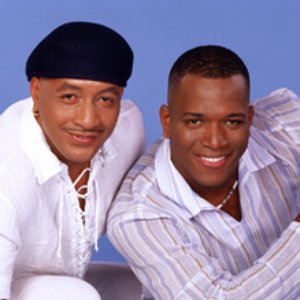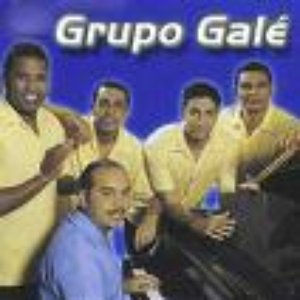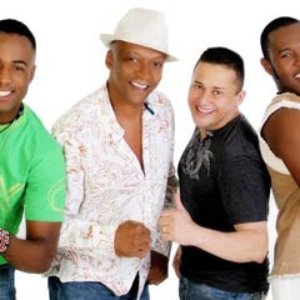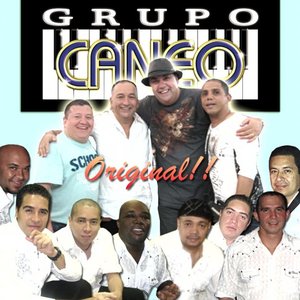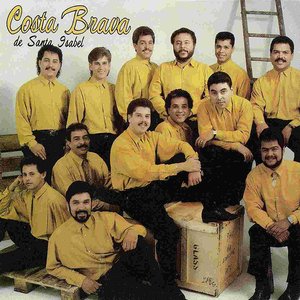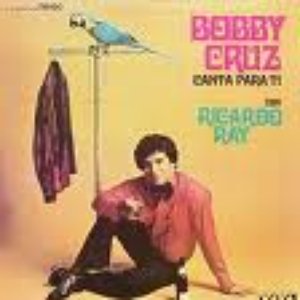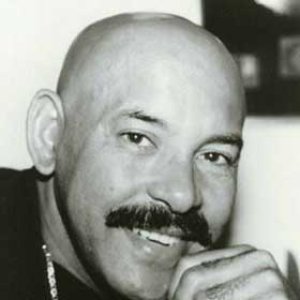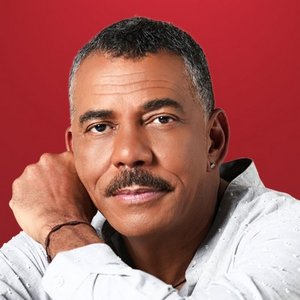Biography
Colombian salsa band which in the '90s began to rival the success of Jairo Varela's Grupo Niche, who during the previous decade had transformed Colombian commercial music with a confident, sassy sound aped by countless others. A contributing factor to Guayacán's success was that they dared to be different: "Guayacán's sound is rootsier, more apparently fixed in the structure of the Cuban guaguancó and montuno, sparser, darker, with stripped-down arrangements," said UK salsa deejay Tomek. Named for a type of wood typically used in Colombia by the coastal blacks to build their houses on stilts, Guayacán embodies the musical concept of Alexis Lozano, the band's director, trombonist, guitarist, tres and güiro player, arranger and producer, who is obsessed about the need for a musical philosophy, and harshly judges those who lack one.
Lozano was born in the mid-50s in Quibdó, the capital of Chocó, the Pacific coastal area of Colombia, with a hardcore salsa following; the son of two teachers, he had already led small groups at the age of 10. "Chocó is a marginal black community which developed its culture and music separately from the rest of the country," explains Bogotá-based Puerto Rican keyboardist Israel Tanenbaum, co-prod. and co-arr. of seven Guayacán albums between '87 and '97. "During colonial days it was standard practice to dump blacks on the beaches to fend for themselves. Escapees found refuge in the coastal wastelands the white man ignored and seldom ventured into. The native music is Chirimia played by a similar instrumentation to bands that developed in New Orleans: trumpet, sax, baritone horn and clarinet with a rhythm section of snare drum, crash cymbals (between eight and twelve inches) and a tambora (comparable in construction and size to the tambora used in Dominican merengue), which serves as a bass drum. A genre akin to the Cuban danzón was developed, and later local musicians began to compose music close in style and flavour to the bolero. So when Cuban music was imported, it easily fell into the groove of this community."
Artist descriptions on Last.fm are editable by everyone. Feel free to contribute!
All user-contributed text on this page is available under the Creative Commons Attribution-ShareAlike License; additional terms may apply.
